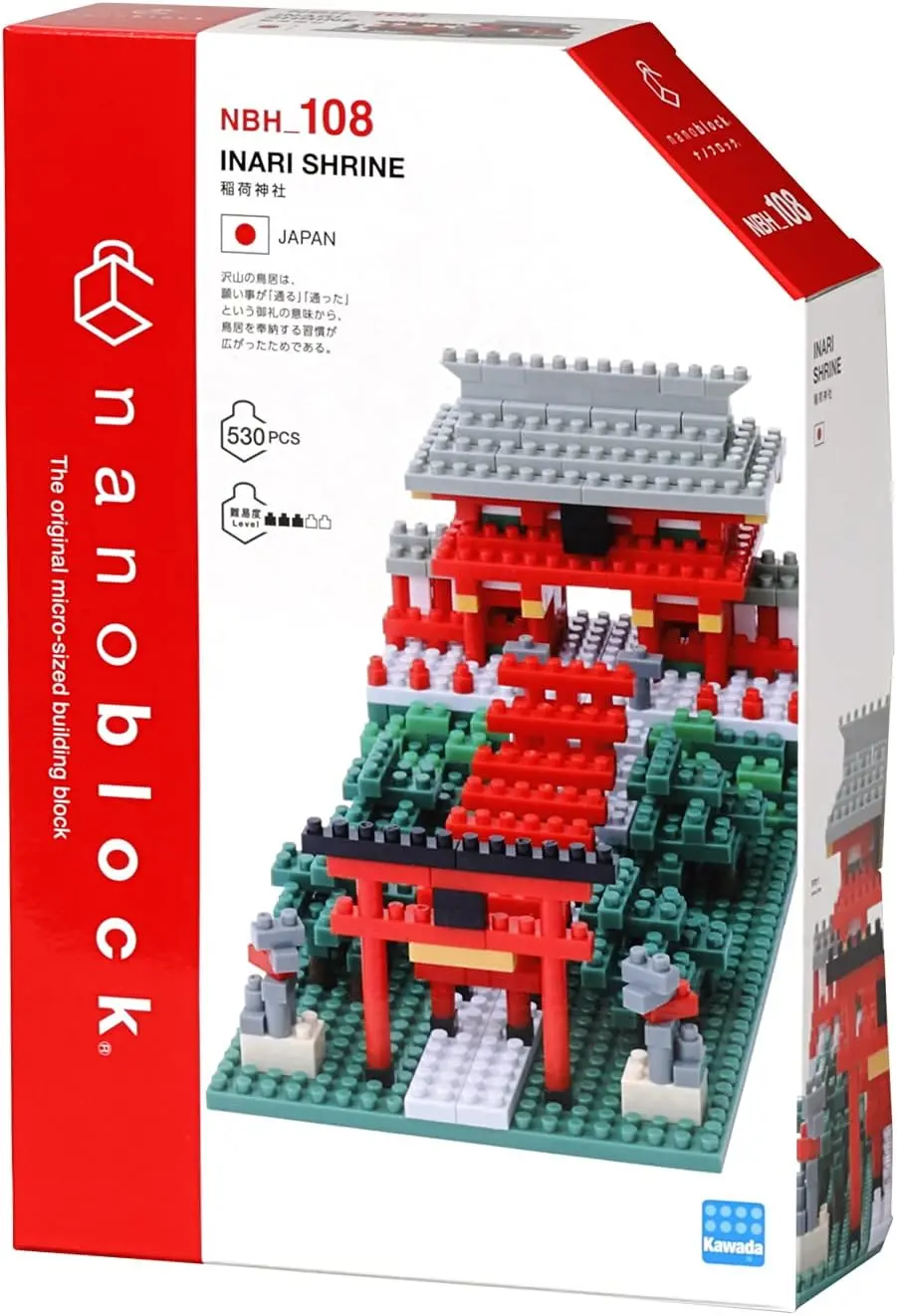
Japan is home to many cultural landmarks, but the most popular shrines and temples in Japan are must-visit attractions for tourists. These sites showcase stunning architecture, rich history, and unique seasonal beauty.
Whether you’re interested in iconic landmarks or serene spiritual experiences, here are the top 10 shrines and temples popular among tourists.
1. Fushimi Inari Taisha (Kyoto)
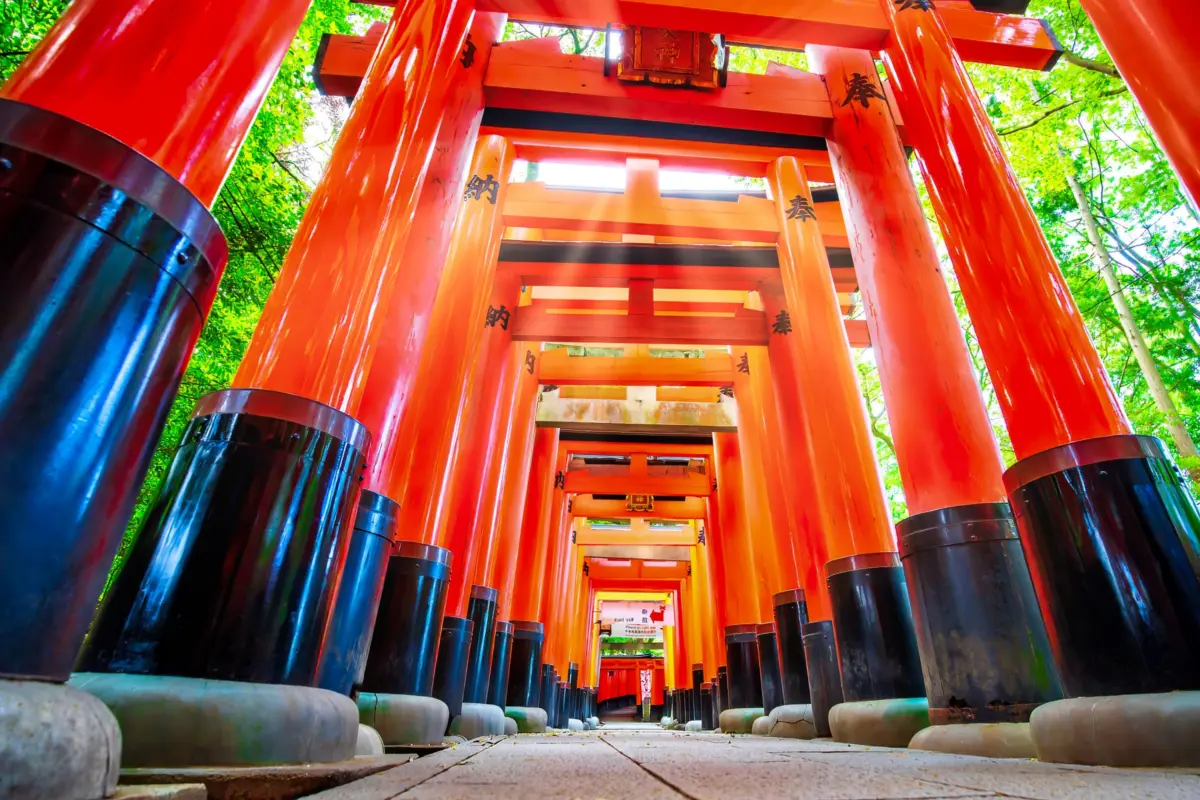
Known as the head shrine of all “Inari” shrines in Japan, Fushimi Inari Taisha is famous for its stunning “Senbon Torii” (thousands of vermilion torii gates).
This iconic spot offers a mesmerizing path through the gates, making it a favorite for Instagram enthusiasts.
Dedicated to the god of rice and agriculture, it has a history spanning over 1,300 years.
2. Itsukushima Shrine (Hiroshima)
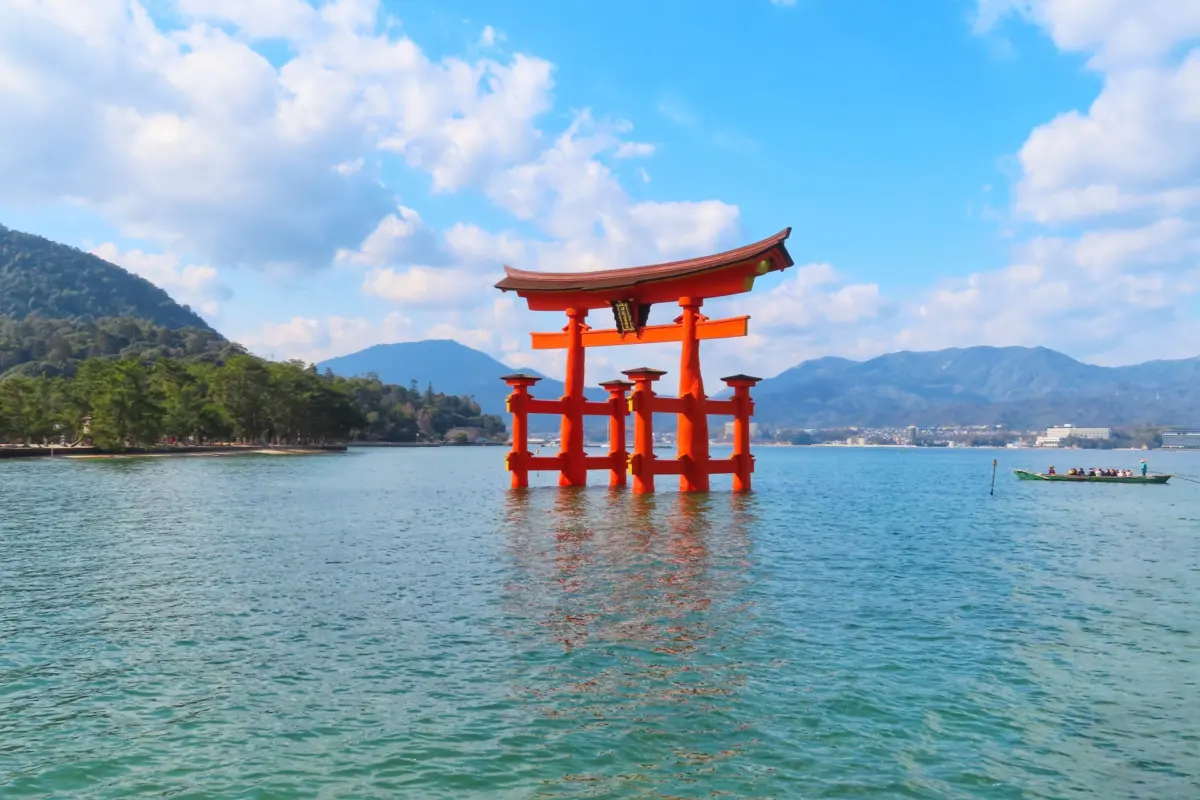
A UNESCO World Heritage Site, Itsukushima Shrine is one of the most popular shrines and temples in Japan.
Renowned for its “floating” torii gate, this shrine on Miyajima Island offers stunning architecture and breathtaking views of the Seto Inland Sea.
For those interested in learning more about Japan’s World Heritage Sites, click here.
3. Meiji Shrine (Tokyo)
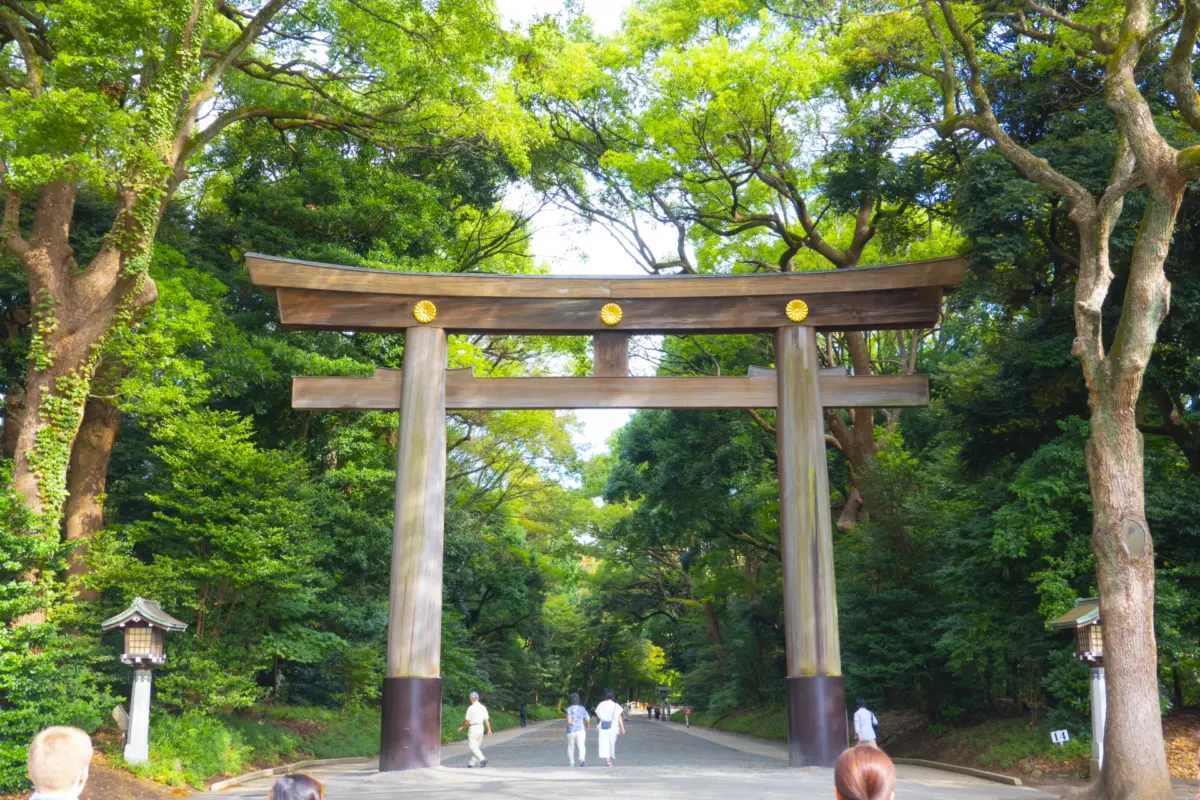
Located in the heart of Tokyo, Meiji Shrine is an oasis of nature and spirituality.
It honors Emperor Meiji and Empress Shoken, featuring a vast forested area perfect for a peaceful stroll.
Visitors can enjoy seasonal events and experience the sacred atmosphere of one of Japan’s most visited shrines.
4. Dazaifu Tenmangu (Fukuoka)
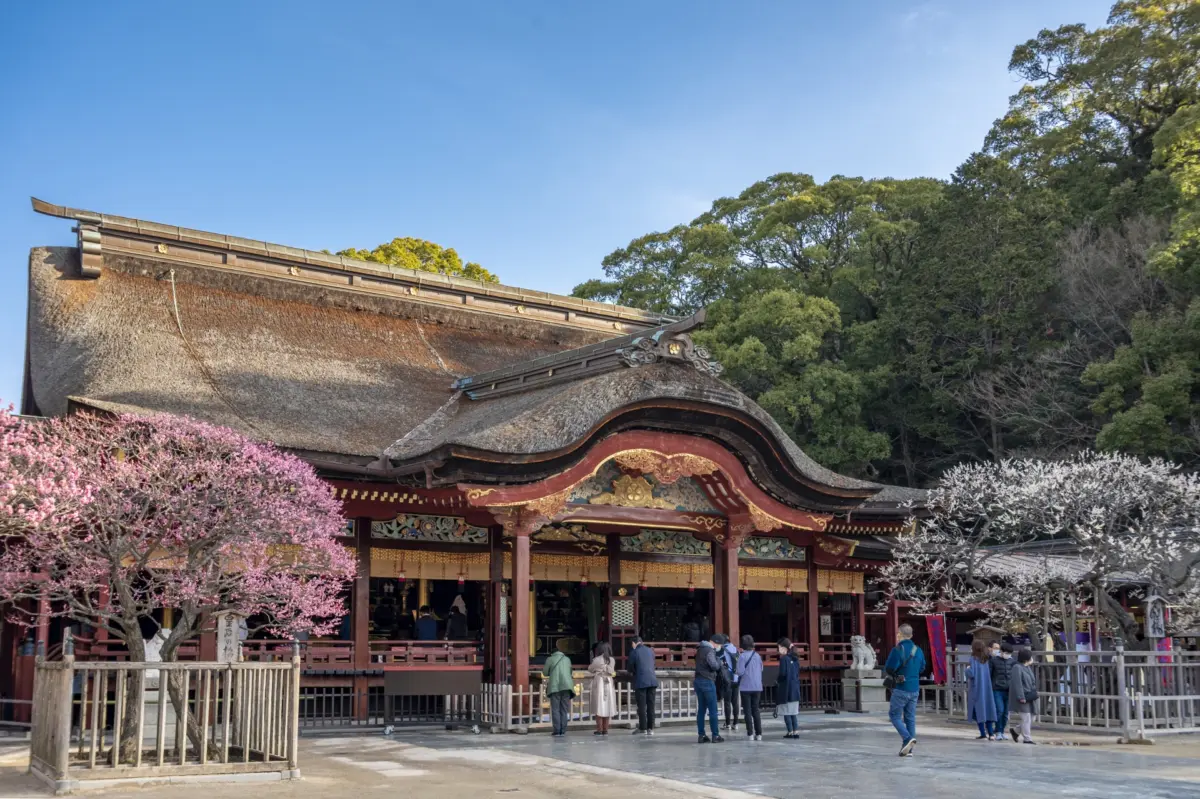
Dedicated to the god of learning, Dazaifu Tenmangu attracts students and scholars seeking blessings for success.
The shrine is surrounded by beautiful gardens and plum trees, creating a picturesque setting that changes with the seasons.
5. Namba Yasaka Shrine (Osaka)
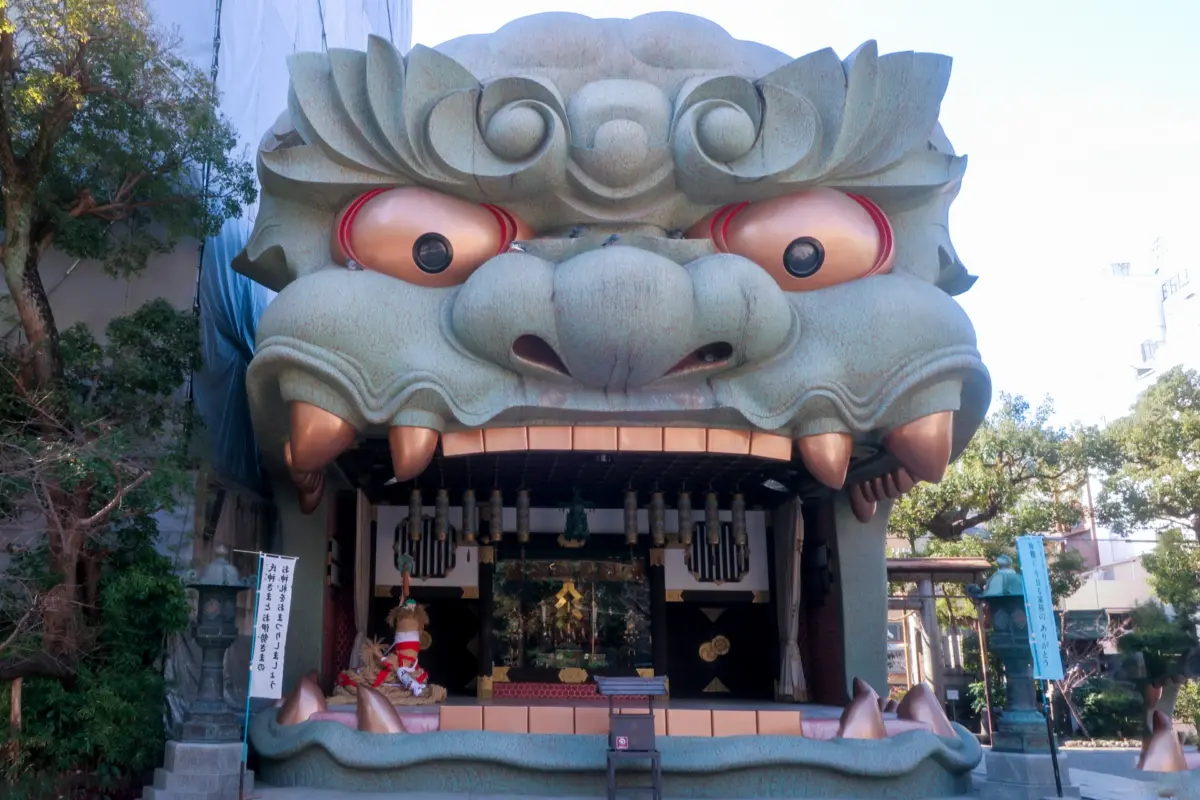
This unique shrine in Osaka is famous for its giant lion-head-shaped hall, known as “Shishi-den.”
The lion is believed to devour evil spirits and bring good fortune, making it a popular spot for visitors seeking prosperity.
6. Naminoue Shrine (Okinawa)
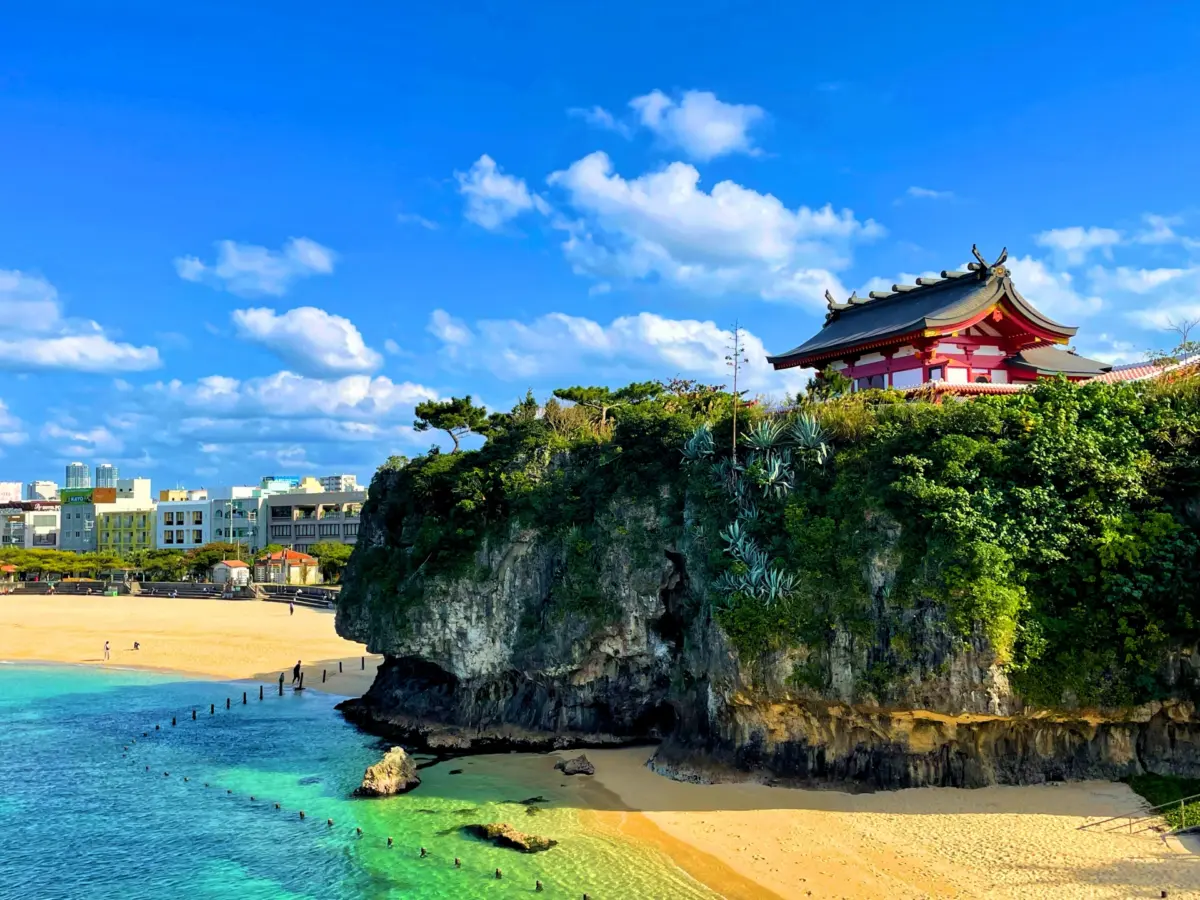
Perched on a cliff overlooking the sea, Naminoue Shrine is one of Okinawa’s most revered sites.
Known as “Nanmin-san” to locals, it offers a unique blend of Ryukyu and Japanese traditions.
7. Hokkaido Shrine (Hokkaido)
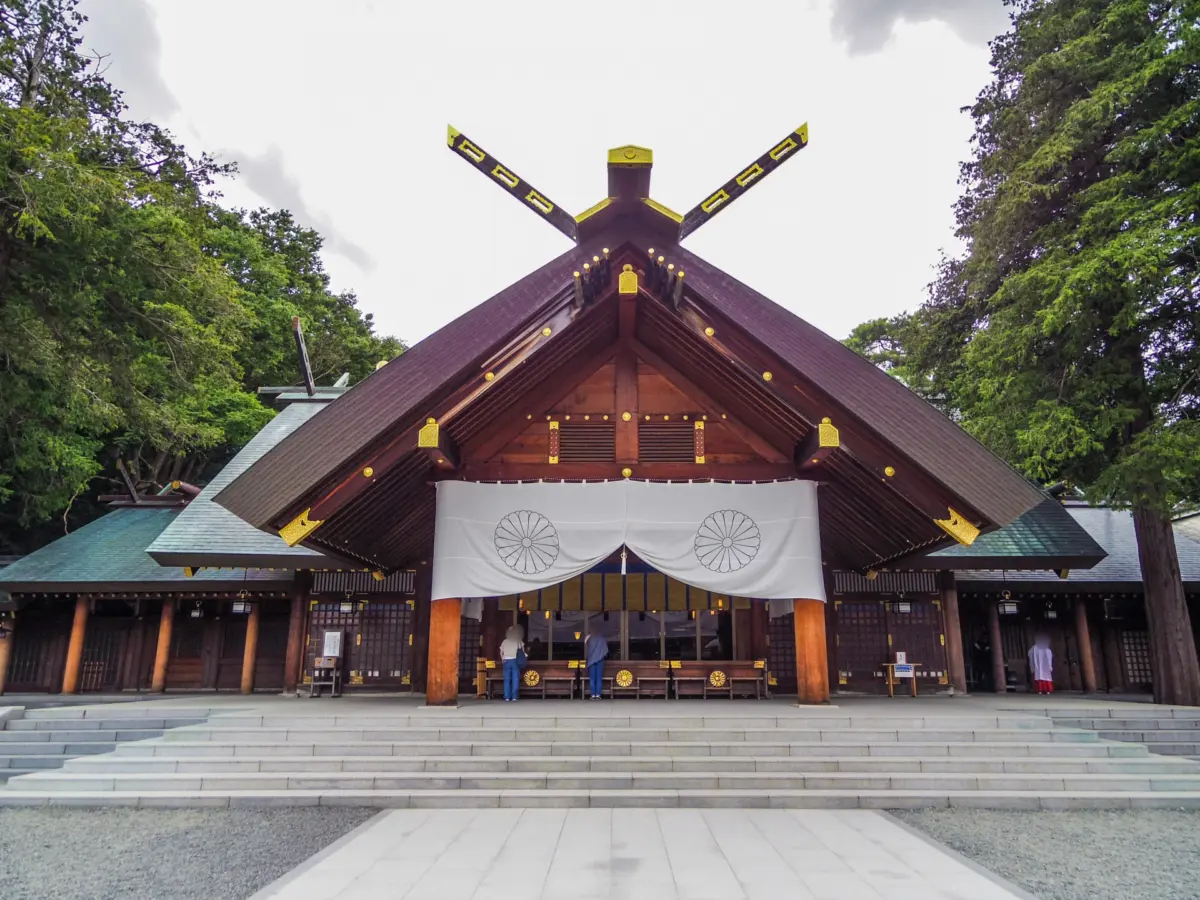
Located in Sapporo, Hokkaido Shrine is a favorite spot for locals and tourists alike.
It’s especially popular during cherry blossom season, when the surrounding trees burst into bloom, creating a magical atmosphere.
8. Yasaka Shrine (Kyoto)
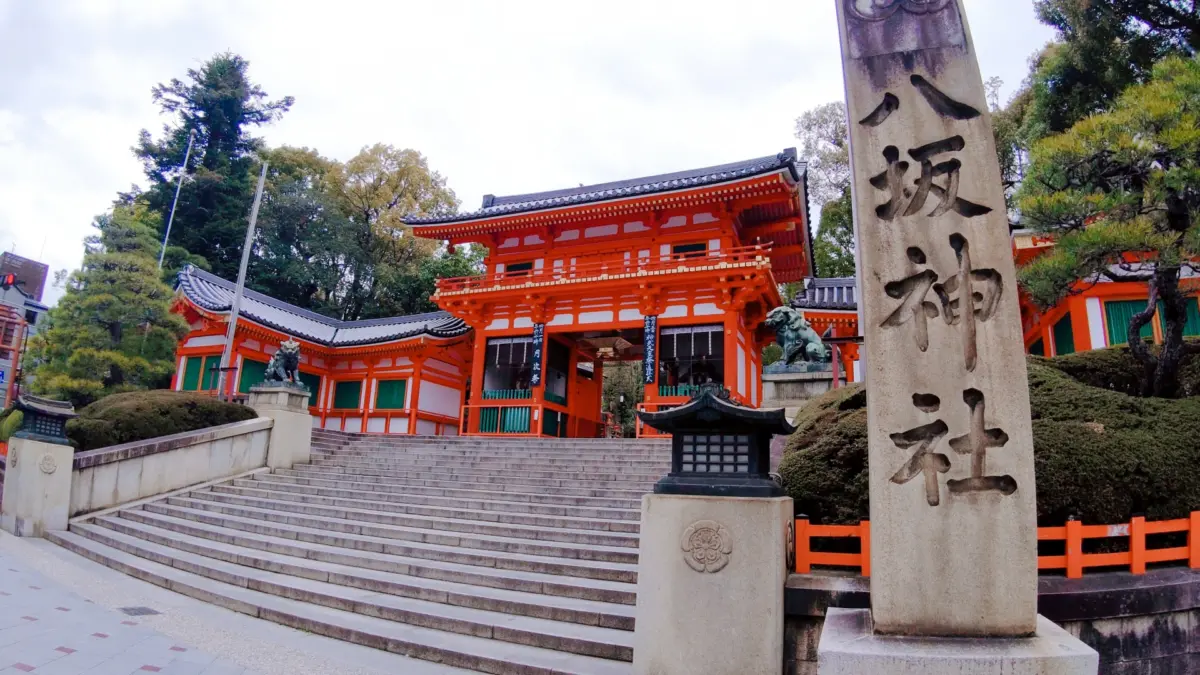
Yasaka Shrine, also known as Gion Shrine, is located in the heart of Kyoto.
Famous for its association with the Gion Festival, it is a place of prayer for good fortune, beauty, and health.
9. Kanda Shrine (Tokyo)
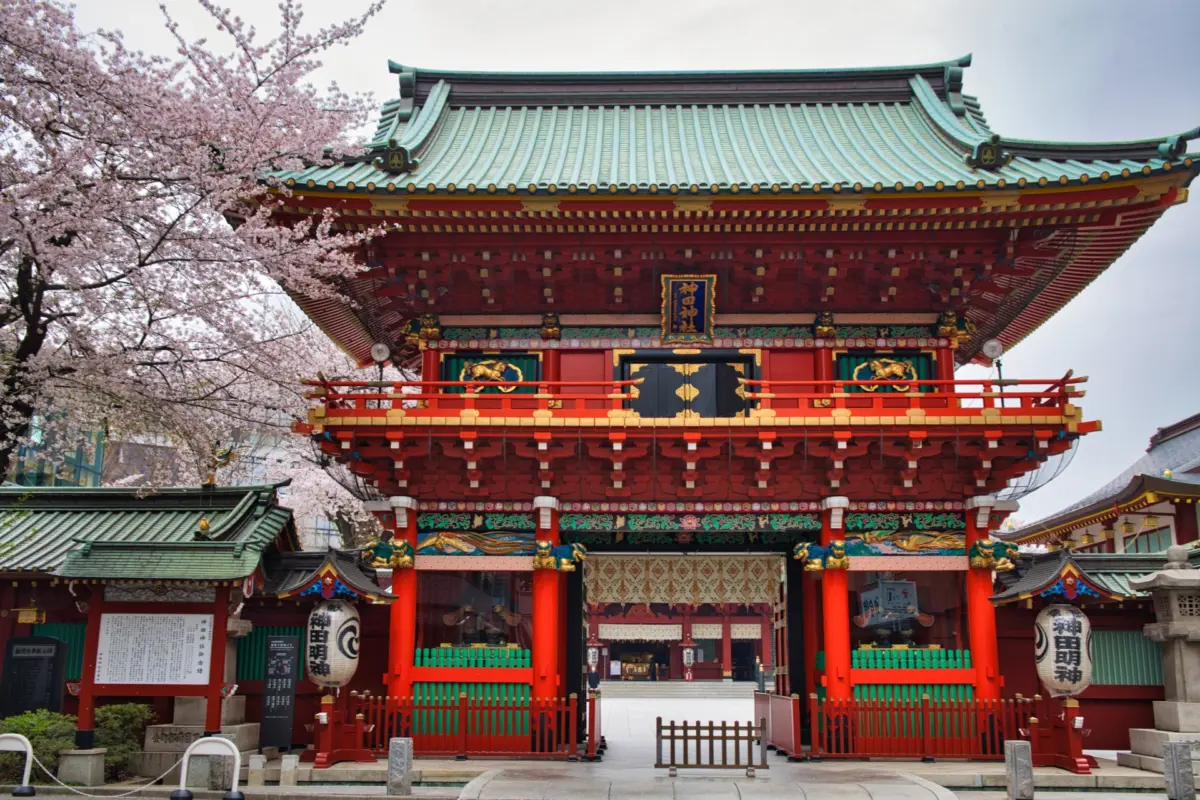
Kanda Shrine, or Kanda Myojin, is a historic site in Tokyo, known for bringing blessings for business success and prosperity.
Its proximity to Akihabara also makes it popular among tech enthusiasts.
10. Nikko Toshogu Shrine (Tochigi)
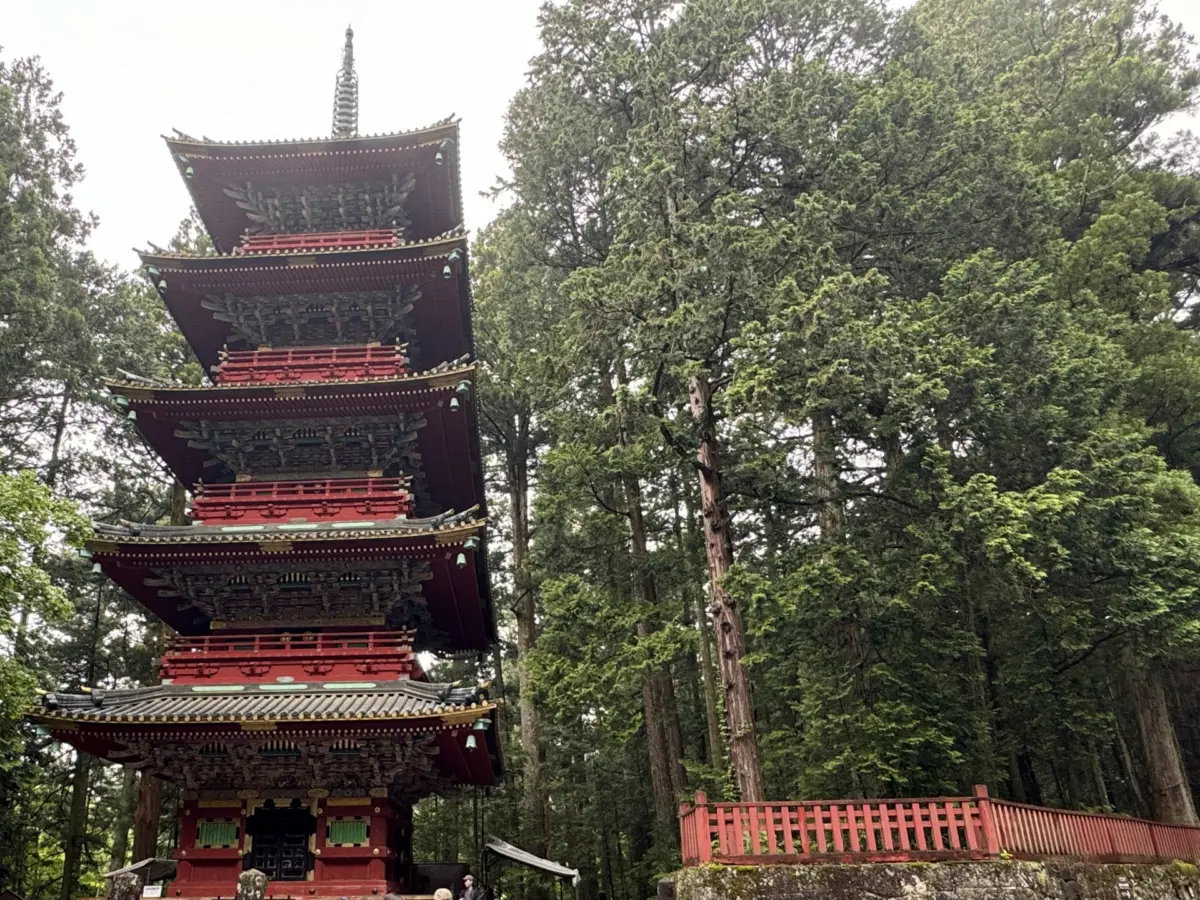
Nikko Toshogu Shrine is one of the most popular shrines and temples in Japan, known for its lavishly decorated architecture and historical significance.
It is dedicated to Tokugawa Ieyasu, the founder of the Tokugawa shogunate, and features the famous “Three Wise Monkeys” carving.
Nestled in the beautiful forests of Nikko, this UNESCO World Heritage Site is a must-visit for history enthusiasts.
FAQ: Popular Questions About Japanese Shrines and Temples
What do torii gates symbolize?
Torii gates symbolize the transition from the secular to the sacred in Shinto religion. They mark the boundary between the mundane and the holy, protect against evil spirits, and purify those who pass through. As an iconic symbol of Japan, they also represent growth, vitality, and renewal.
Is Japan Buddhist or Shinto?
Japan practices both Shinto and Buddhism, often blending the two. Shinto focuses on nature and spirits, while Buddhism offers guidance on life and the afterlife. Many Japanese people observe traditions from both religions harmoniously.
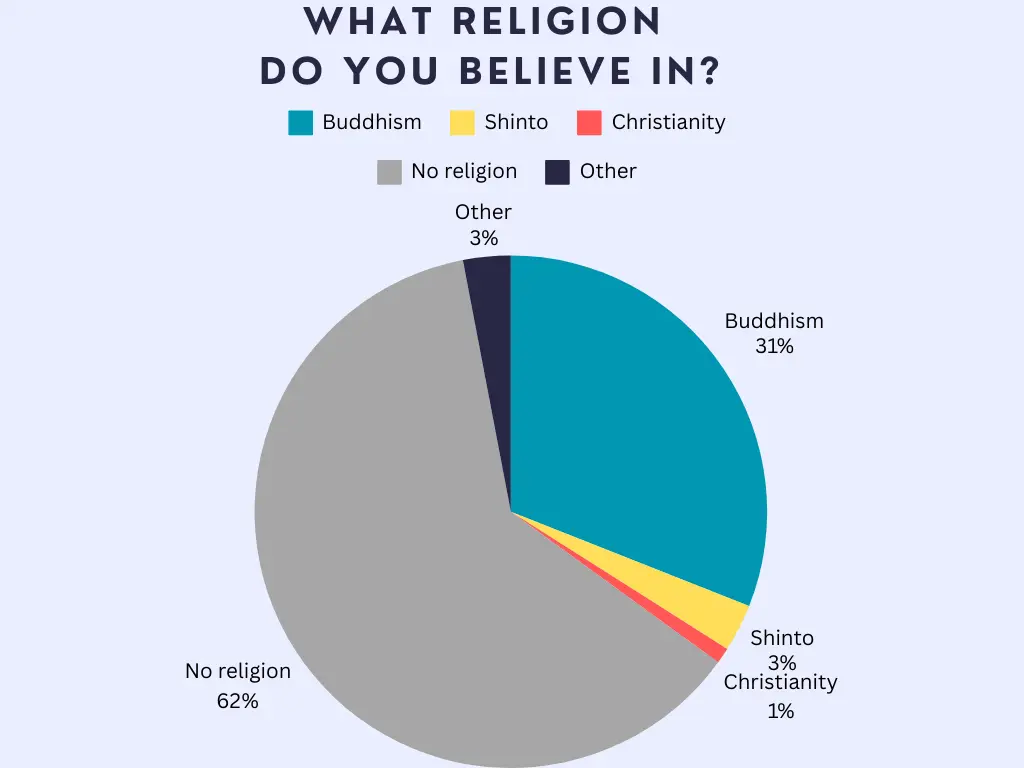
What are the proper manners when visiting shrines and temples in Japan?
When visiting shrines, bow at the torii gate, cleanse your hands and mouth at the purification fountain, and bow before and after praying. For temples, observe silence, avoid stepping on thresholds, and respect sacred areas.
What is the best season to visit shrines and temples in Japan?
Spring (cherry blossoms) and autumn (vivid leaves) are the most popular seasons to visit shrines and temples. However, summer festivals and winter’s serene atmosphere also offer unique experiences.




